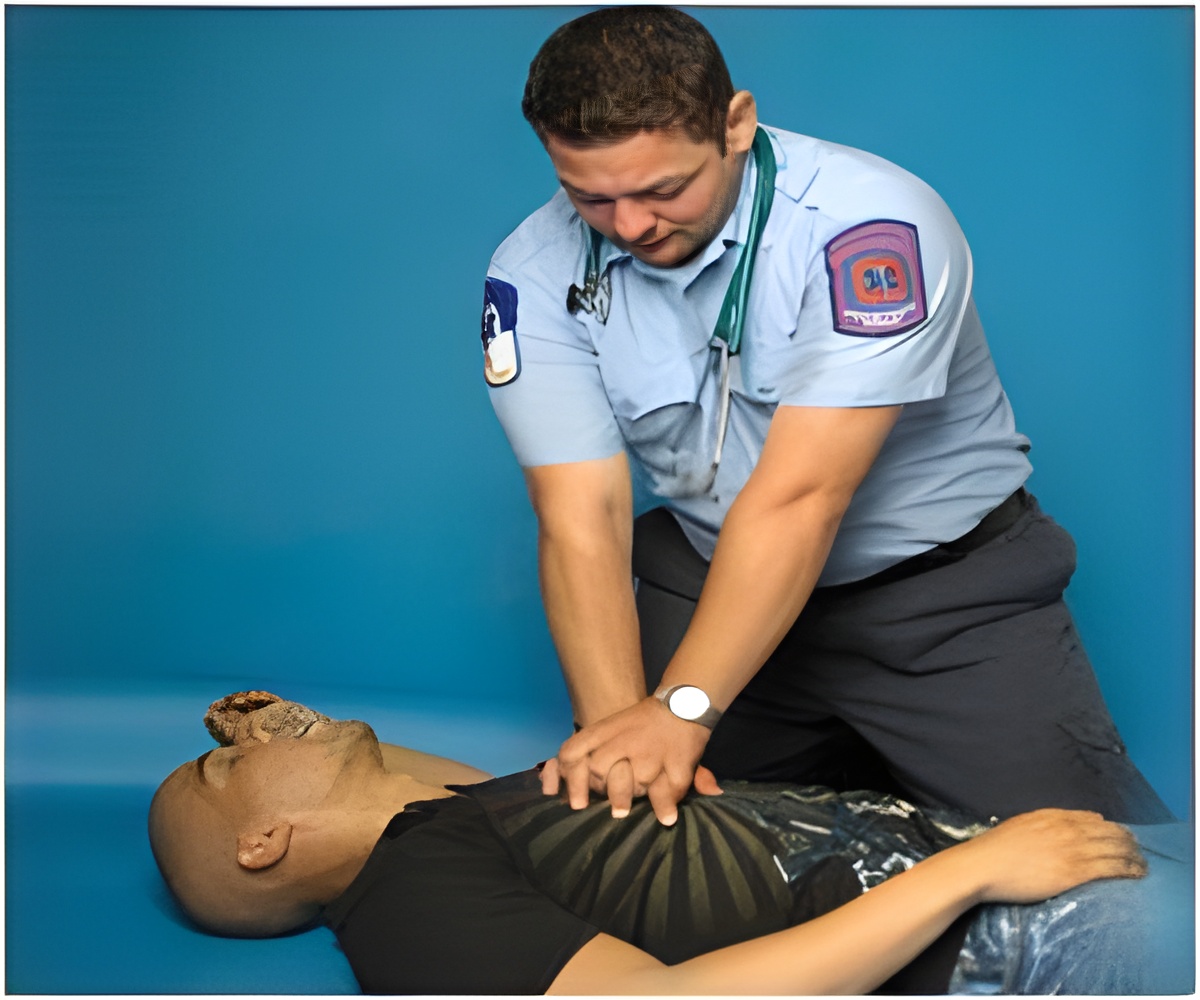People who have received CPR training are confused about how to perform the lifesaving skill in need of the hour.

The findings shed light on the reasons behind previous research showing that less than 30 percent of lay witnesses to cardiac arrest attempt resuscitation maneuvers.
The Penn team interviewed 19 subjects for an hour each, using a semi-structured qualitative approach in which subjects were queried on their awareness of CPR training and performance. Eleven percent of the subjects had never received CPR training, 47 percent had completed a training class in the past five years, and 42 percent had been trained more than five years ago. But the authors found that training history provided no guarantee that subjects were competent at performing CPR or confident in their ability to do so. Less than half the subjects could properly describe when to perform CPR, commonly confusing it with general first aid or clearing a victim's airway. And when asked about their previous CPR courses, subjects commonly described incomplete training such as lack of hands-on practice time (38 percent) and difficulty with skill retention over time (21 percent). Nearly 80 percent of subjects – regardless of prior training -- reported a lack of confidence in CPR skills.
The findings also revealed gaps in dissemination of CPR training and guidelines updates: 74 percent of those interviewed had not heard of the new recommendations for bystanders to use "hands-only" CPR without mouth-to-mouth breathing, and 68 percent were unaware of the 2010 update to CPR guidelines. After receiving a brief update about the new guidelines, however, 89 percent of the subjects felt more confident about performing CPR if they had the option of utilizing "hands-only" CPR without needing to recall the proper ratio between chest compressions and rescue breaths or other more complex details of CPR.
The researchers point to new initiatives for CPR training, such as the AHA's CPR Anytime kit that comes with an inflatable miniature mannequin for each trainee, as an alternative strategy for providing people with enough practice time to become more confident in their skills. The kit can be used both for individual training at home, or in a traditional course setting for each participant can receive maximum hands-on training time and even practice at home. The Penn research team is using these kits to train family members of patients at risk of cardiac arrest during hospitalizations -- a time when they are most receptive and motivated to be trained.
"We believe it may be necessary to rethink the conventional wisdom about how to train lay people to do CPR," says senior author Benjamin Abella, MD, MPhil, an assistant professor of Emergency Medicine and director of clinical research in the Center for Resuscitation Science. "We know now that people are afraid that they might do something incorrectly, and we want to find ways to give them the knowledge and confidence to act, since doing any CPR means an opportunity to save someone's life.
Advertisement









